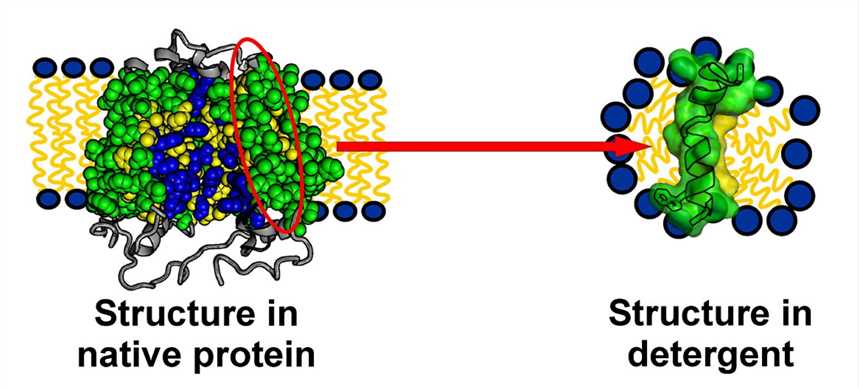Detergent Screen for Protein Purification
Detergents, also known as surfactants, are amphiphilic molecules that provide hydrophobic protection to membrane proteins in hydrophilic solutions and manipulate them in soluble environments for functional or structural characterization. According to the characteristics of polar groups, detergents can be divided into three types: ionic detergents, non-ionic detergents and zwitterionic detergents. Ionic detergents contain charged polar groups; non-ionic detergents contain uncharged hydrophilic polar groups; zwitterionic detergents have the characteristics of both ionic and nonionic detergents. However, solubilization with detergents may interfere with the stability of membrane proteins and may affect their function or structure. In addition, critical micelle concentration (CMC) can be affected by experimental conditions.
The most commonly used detergent families are maltosides and glucosides, followed by amine oxides and polyoxyethylene glycols n-Dodecyl β-D-maltoside (DDM), n-Decyl-β-D-Maltopyranoside (DM), Octyl-beta-glucoside (OG) and Lauryldimethylamine-N-oxide (LDAO), etc. It is empirically believed that detergents with longer acyl chains are more effective in solubilizing and stabilizing while detergents with shorter chains can form smaller micelle sizes, resulting in a more tightly packed lattice and better diffraction.
Surfactants are important for membrane protein purification, and the amphiphilic nature of these components facilitates membrane protein interactions. However, detergents with good extraction efficiency are not necessarily conducive to the stabilization of membrane proteins. In addition, detergents that show good results with specific membrane proteins may not work well with other membrane proteins. In the absence of a gold standard or rule of thumb for membrane protein extraction, it is necessary to test multiple detergents prior to protein extraction.

Services
Profacgen has built an efficient detergent screening platform for membrane protein extraction. The supernatant containing the membrane protein of interest is obtained after homogenization, sonication, or freezing /thawing, and then ultracentrifugation. These supernatants will be thoroughly tested in our comprehensive detergent screening platform. The detergents we offer include but are not limited to:

- DDM
- DM
- OM
- LDAO
- LMNG
- NG
- OG
- …
In addition, we will conduct detergent combination tests according to the characteristics of the target protein.
To maximize extraction yields while maintaining protein structure and function, we can also test the following conditions:
Extraction temperature
Extraction time
Extraction method
Additives (such as substrates and ligands, etc.)
Profacgen has accumulated lots of experience in membrane protein purification. Our professional technical team can provide customers with comprehensive detergent screen and many related featured services. Our competitive prices and extensive expertise have earned us the trust of our collaborators. Contact us to find out how Profacgen could be of assistance.
Reference
- David, V.T.; Charles, M.D. Efficiency of detergents at maintaining membrane protein structures in their biologically relevant forms. Biochimica et Biophysica Acta (BBA) – Biomembranes. 2012.